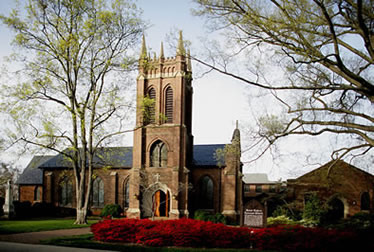131 West Council Street
Salisbury, NC
History
St. Luke’s possesses one of the Diocese of North Carolina’s most distinguished legacies. The parish was established by act of the North Carolina Colonial Assembly in 1753 and mirrored the size and boundaries of Rowan County, largest county in the colony. Missionary priests from England served the parish infrequently with no formal organization occurring until after the American Revolution. Services were held in private homes, the courthouse, or in a little log church erected by area Lutherans for their use and shared by the Anglicans.
 St. Luke’s remained a broad, open parish on the map with no permanent structure for years, until the beginning of the 19th century. In 1823, The Rev. John Stark Ravenscroft was elected the first Episcopal Bishop of North Carolina during services in Salisbury and presided at the official organization of the parish before a congregation of 21 members. Within three years, the congregation was worshipping in a simple rectangular building near Salisbury’s Main Street. In 1828, the present church building, essentially the nave, was constructed by John Berry of Hillsborough. In 1834, an organ was purchased for the church, making St. Luke’s the first church in Salisbury to have an organ.
St. Luke’s remained a broad, open parish on the map with no permanent structure for years, until the beginning of the 19th century. In 1823, The Rev. John Stark Ravenscroft was elected the first Episcopal Bishop of North Carolina during services in Salisbury and presided at the official organization of the parish before a congregation of 21 members. Within three years, the congregation was worshipping in a simple rectangular building near Salisbury’s Main Street. In 1828, the present church building, essentially the nave, was constructed by John Berry of Hillsborough. In 1834, an organ was purchased for the church, making St. Luke’s the first church in Salisbury to have an organ.
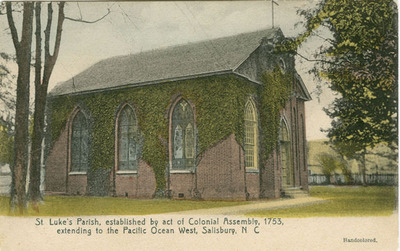
In 1872, St. Luke’s vestry purchased the brick structure across Council Street from the church for use as a Rectory. It served in that capacity until 1961, and today houses the parish administrative offices.
St. Luke’s Church has had six major physical additions over the years. In 1895, parish churchwomen raised funds for the erection of a chapter house for the Daughters of the King, a charitable organization. Built next to the church building, it was remodeled in 1953 as a chapel and is in use today. In 1909, the east end of the church was extended by the addition of a bell tower and baptistery, completing the church’s cruciform design. A Parish House was added in 1937-38 and during the early 1990s, extensive renovation and remodeling was completed on the parish house which included new classrooms, meeting and music areas.
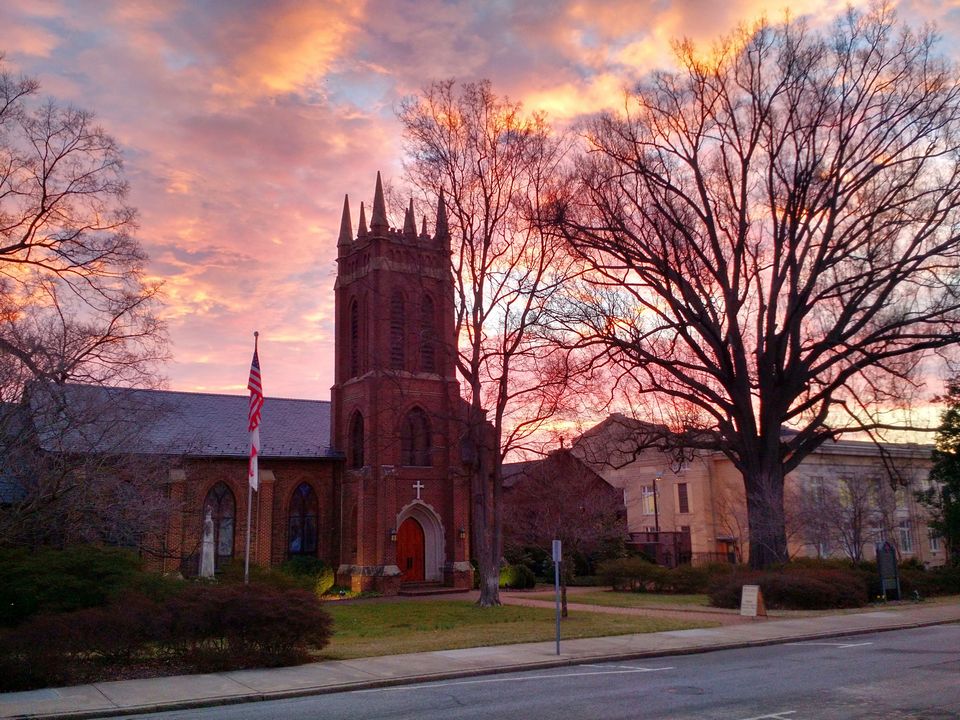 The most dramatic feature of St. Luke’s is the expanse of stained glass windows found in the nave and the chapel. The first window was placed in the nave in 1882. The latest were added in the chapel in 1964 and were constructed and installed by J. Whippell & Co. of Exeter, England. Since 1753, the pulpit and the mantle of leadership at St. Luke’s have been filled by 40 creative and faithful men and women.
The most dramatic feature of St. Luke’s is the expanse of stained glass windows found in the nave and the chapel. The first window was placed in the nave in 1882. The latest were added in the chapel in 1964 and were constructed and installed by J. Whippell & Co. of Exeter, England. Since 1753, the pulpit and the mantle of leadership at St. Luke’s have been filled by 40 creative and faithful men and women.
The parish has been highly regarded as a source of leadership for the Diocese of North Carolina since a significant number of men, women and youth have held position on various diocesan commissions and committees. Throughout its long history, St. Luke’s has been blessed with the dedication of its parishioners, who cherish its historic past, are committed to service, and look to the future with optimism.
A book entitled 'From Generation to Generation' is a history of St. Luke’s, published in 2006. This high quality, well-researched book has 276 pages and is lavishly illustrated with over 200 beautiful color photographs. This is a history book your family will enjoy now and cherish for generations. The book is available in the church office.
The Project

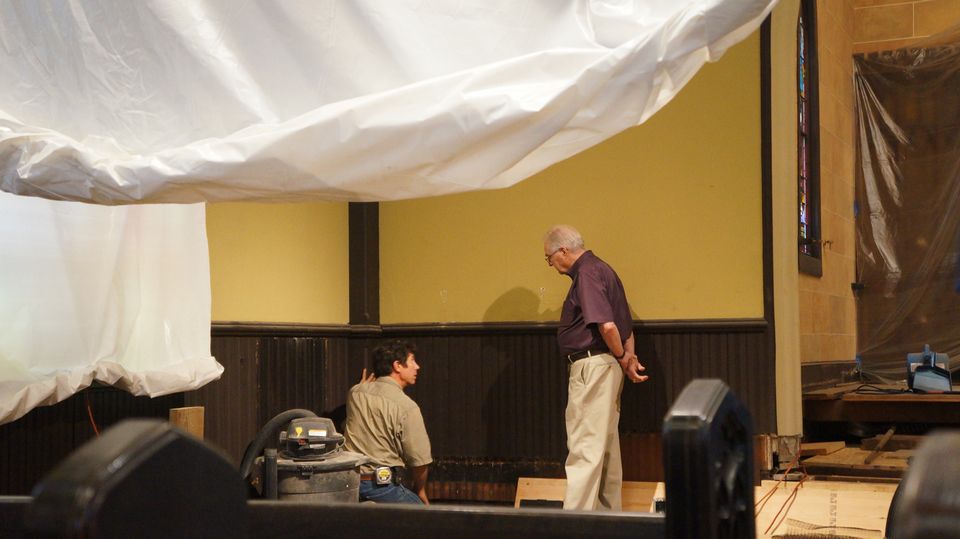

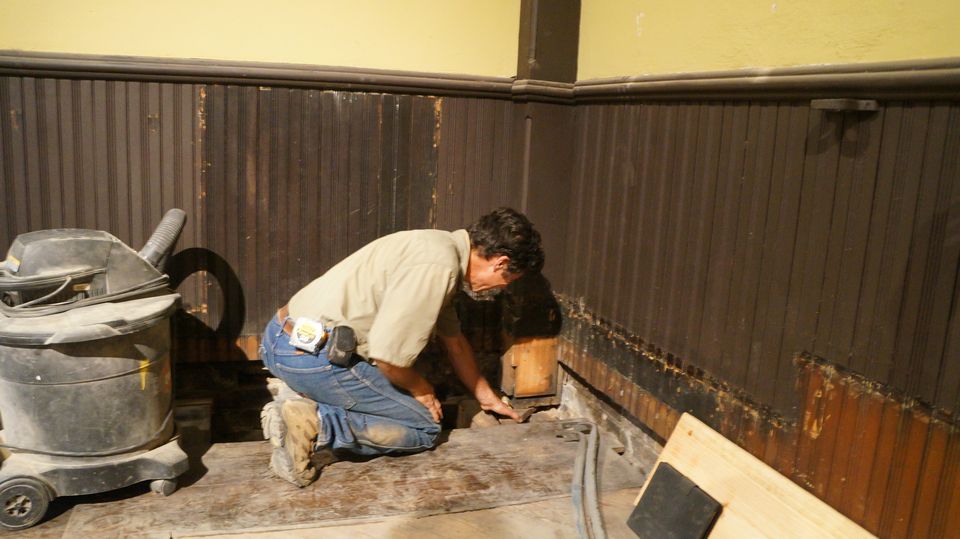

The Project



















